How to Date a Ball Mason Jar
One of the most iconic pieces of farmhouse styled decor has to be vintage blue glass mason jars, and particularly, the ones made by the Ball Corporation. Their distinct color of teal blue glass is also very trendy these days, making these treasures more valuable than ever.
I started collecting Ball mason jars in 2011, well before they were as hotly pursued as they are today. Back then, I could often find them at thrift stores, garage sales, and on Craigslist. Today, however, it’s increasingly a rare surprise to find them outside of an antique store.
{Related: Best Places to Score Authentic Farm Finds}

Over the years, my collection really started to grow, and I wanted to learn more about these beautiful pieces of history. I also decided that I would limit my collection efforts going forward to only the oldest or most rare jars. But I needed to know more about how to date and identify the most valuable pieces.
What follows is an introduction to dating Ball mason jars and identifying rare samples from those that are more commonly available. This guide is not intended to be comprehensive, and I am not an expert or at all affiliated with the Ball Corporation. Instead, I’m sharing what I’ve learned through my love of collecting these jars and a lot of studying on what makes them unique. I hope it helps you to learn more about your own collection, or inspires you to begin one!
TABLE OF CONTENTS:
Ball Jar History
Dating a Ball Jar (the easy way!)
Other Important Markings
Rare Finds
How Much Is My Jar Worth?


Disclosure: This is NOT a sponsored post, and I have received NO compensation for sharing any of this information. Some links on this blog may be affiliate links, and I might earn a commission if you make a purchase through that link. This usually amounts to cents, not dollars, and helps to support the projects featured on this blog. I only recommend products from companies that I have found to be trustworthy. Read my full disclosure here.
A Bit of History
The Ball Brothers Glass Manufacturing Company opened in 1884 with a $200 loan. The five Ball brothers started the company in Buffalo, New York, so jars with the original logo are now called “Buffalo Jars”. These are the oldest and some of the most rare jars to be found. If you have one, treasure it!
In 1887, the company moved to Indiana after a fire destroyed the factory in Buffalo. By 1894, the company was producing 22 million jars per year, growing to 37 million per year by 1897 and 60 million per year by 1905. If you’re a collector, that kinda puts “rare” into perspective, doesn’t it?
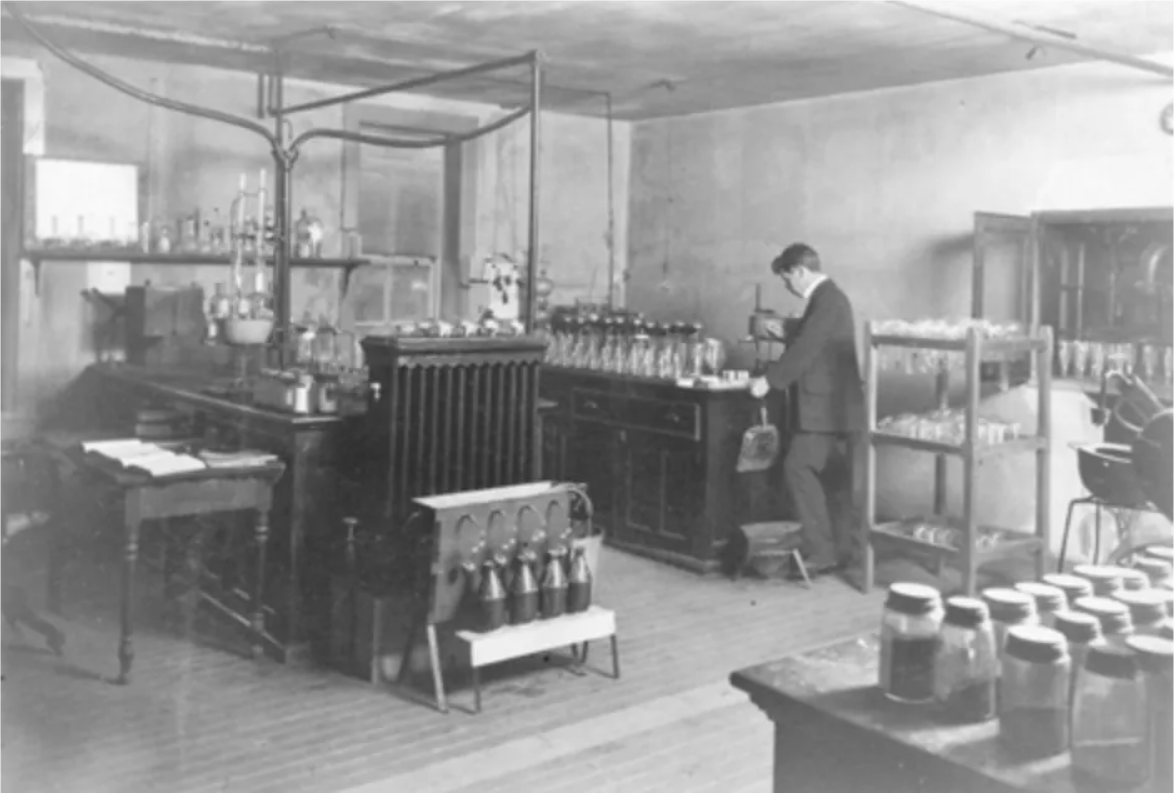 |
| Circa 1897; Source |
In the US, mason jars are largely made of soda-lime glass, which accounts for 90% of the manufactured glass in the country. Before refrigeration, canning was a way of preserving fresh fruits and vegetables to last beyond their harvest. The blue color of the jar is achieved by the types of minerals used to make the glass, and the color was believed to extend the life of the food by blocking out sunlight. Besides shades of blue, you’ll sometimes find jars that are amber, yellow, green, and pink.
When the Great Depression hit America, demand for canning jars fell sharply, and the Ball company started to diversify. By WWII, the company was also making ammunition shells and machine parts for the military to supplement a depressed market. Throughout the mid-century, the company worked in aviation, aerospace (including making satellites!!), and also heavily invested in the metal food container segment of their business. In 1998, the company relocated to Colorado, where it is still located today.
{Related: Inspiration for Styling Antique Jars in Your Decor}
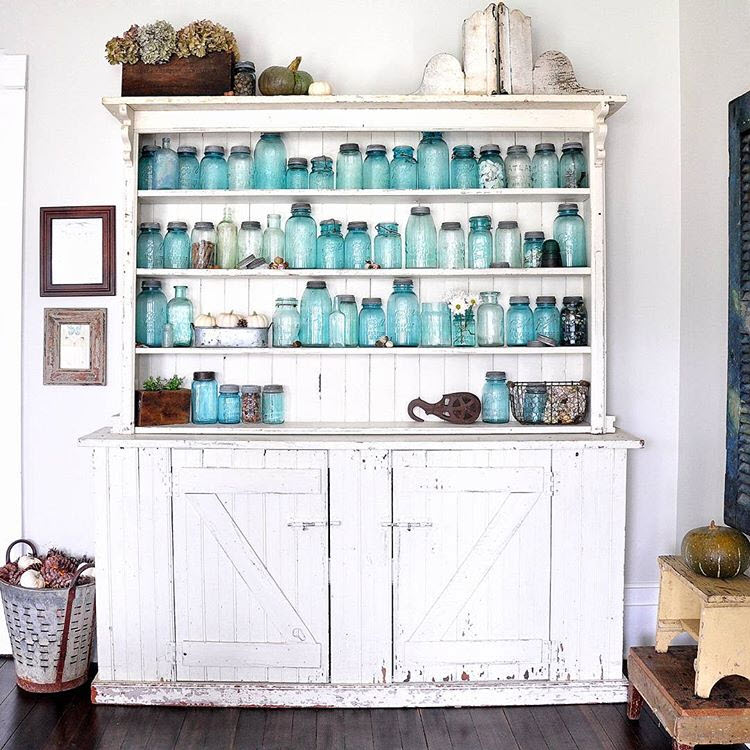 |
| Source: @exceeding.joy |

How to Date a Ball Jar Using the Logo
The logo imprinted on each jar is, by far, the easiest and fastest way to determine the approximate age your Ball mason jar. I’ve created a pinnable reference guide that details all of the primary logos and their manufacturing dates.
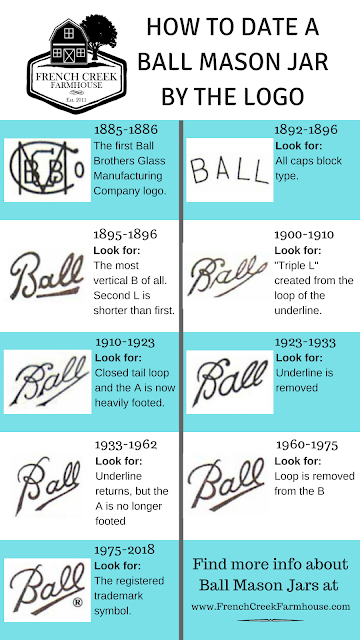
Other Important Markings
Beyond the basic logo, there are some other identifiers to look for to determine the date and value of your jar.
1. Christmas Lettering
This type of logo looks fairly similar to the Triple L logo, but not exactly. It also includes the words “Masons Patent” in block letters below the logo. These jars were only made in 1890, and they are very valuable.
2. Color
Blue glass jars were only produced until 1937, although the company has recently started to manufacture a reproduction jar using a more vibrant teal blue color within recent years. Along with other colors, you can find jars in varying shades of blue from pale teal to deep cobalt. Starting in the 1940s, almost all jars were clear glass, with the exception of some amber jars produced in the 1950s.
3. Lids
Original lids were mostly made from zinc and included a milk glass lining. You might also find “Lightning Jars”–these have hinged glass lids attached with a wire bale and were named for the lightning speed with which they could be opened.
4. Keywords
Some keywords on the jar can provide a clue about the approximate age.
- Improved: 1890s, 1900-1933
- Special: 1910-1913
- Perfect: 1913-1922
- Sanitary: 1913-1915
- Ideal: 1915-1962
- Eclipse: 1920s-1960s
5. Seams
Seams that extend all the way up the sides of the jar indicate that they were made by a machine, probably sometime after 1915.
6. Don’t be fooled by…
Some collectors are confused by the mold number embossed on the bottom of their jar. This number does not signify a year, only the number used to identify the mold. Generally, the number will be between 0 – 15, and may include a letter.
Another confusing part of a logo can be those that do include a year. For example, jars that say “1858 Masons Patent”. These jars were not created in 1858! The Ball brothers were simply referencing the original patent that was obtained by John Mason in 1858. Another variation is the 1908 patent, which is also not indicative of the date of your jar.
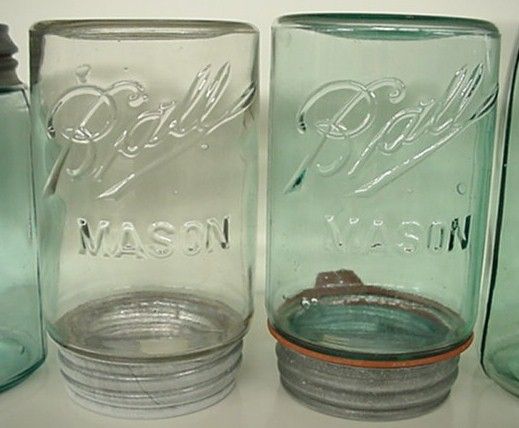 |
| Source |
Rare Finds
If you are lucky enough to find any of the following jars, you have a very special piece of history!
1. Logo Imperfections
One of the most common imperfections are misspelled words in the logo. For example, instead of Ball Perfect, you might find misspellings such as “perffct,” “peprect,” and “perefct.”
2. Upside Down Jars
Between 1900-1920, a series of upside down jars were manufacture that could be filled with coffee beans and attached to a grinder. While it may look like any other jar, the logo will be printed upside down.
3. Size
The most common size of jar that you’ll find is the traditional quart. Larger sizes are considered more rare, and therefore, more valuable.
4. Jars With Original Lids
If your jar still has its original zinc lid with milk glass liner, it is generally worth 50% more than a similar jar without a lid.
{Related: Guide to Attending a Vintage Show Like a Pro}

How Much Is It Worth?
One of the most frequent questions I receive by email is “Do you know how much my jar is worth?“. The reality is, I’m not an appraiser, and the value of antique and vintage items varies greatly depending upon many factors including the condition of the item, rarity, market variability, and more. BUT, don’t despair–I have a terrific resource for you!
In fact, it is THE resource if you’re looking to learn more about your jar collection!
If you want the definitive guide on identifying, dating, and valuing your vintage glass jars, you are going to love this. It’s basically the bible of fruit jars!
There are over 9,000 entries with hundreds of illustrations, and an entire section devoted specifically to Ball jars. I’m not joking when I say that this is the handbook of all handbooks for historical fruit jars!
I hope this has been helpful, and maybe even inspiring, if you love collecting blue mason jars as much as I do. If you want the definitive guide on identifying and valuing your jars, you can find it here. And if you’d like some inspiration on how to style your jars within your home decor, be sure to check out this post where I feature some beautiful ideas!
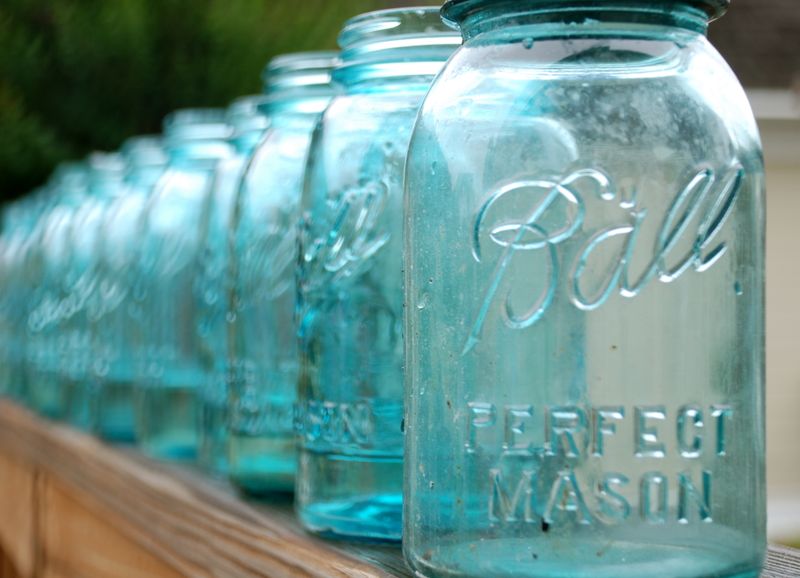 |
| Source: Honey & Fitz |

Do you love hunting for vintage treasures as much as I do?
Get my free vintage & junk hunting journal
Let’s be email pen pals! Sign up to join our community, and get your free printable PDF Vintage Hunting Journal. This is so good!
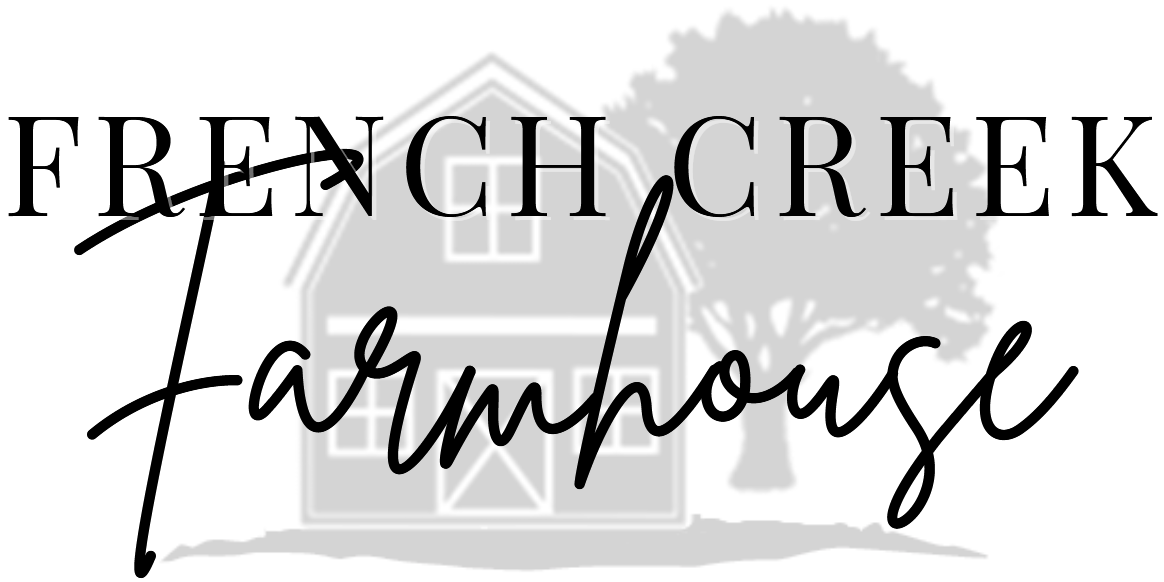
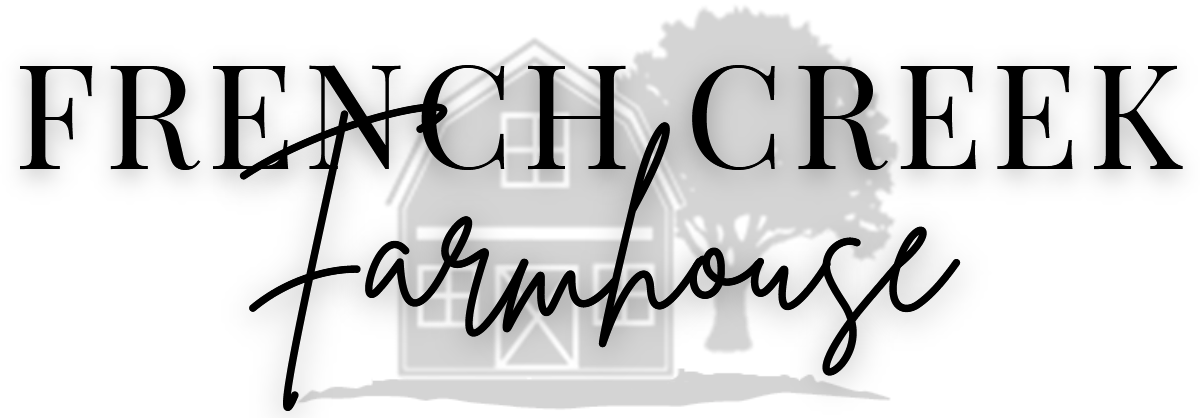



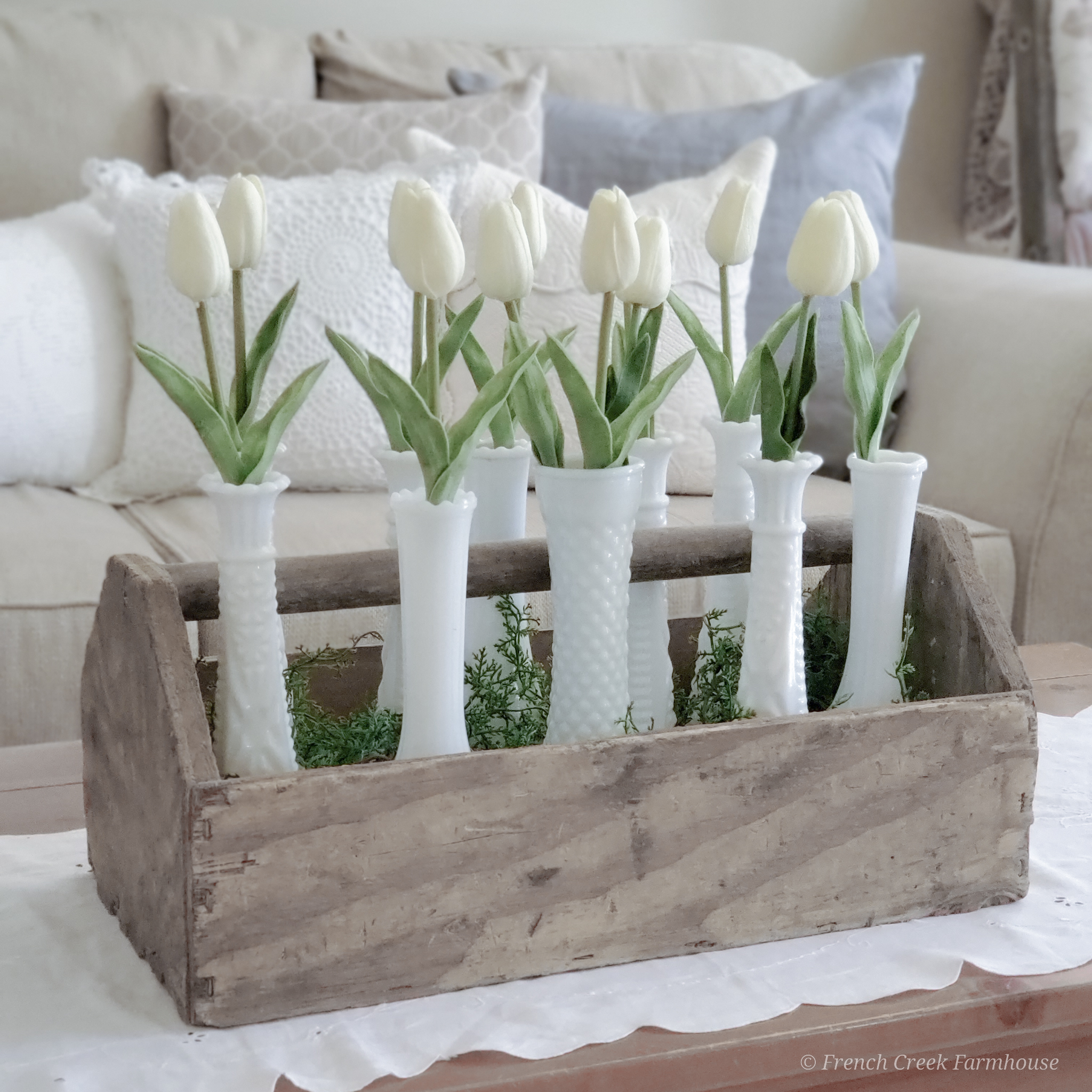
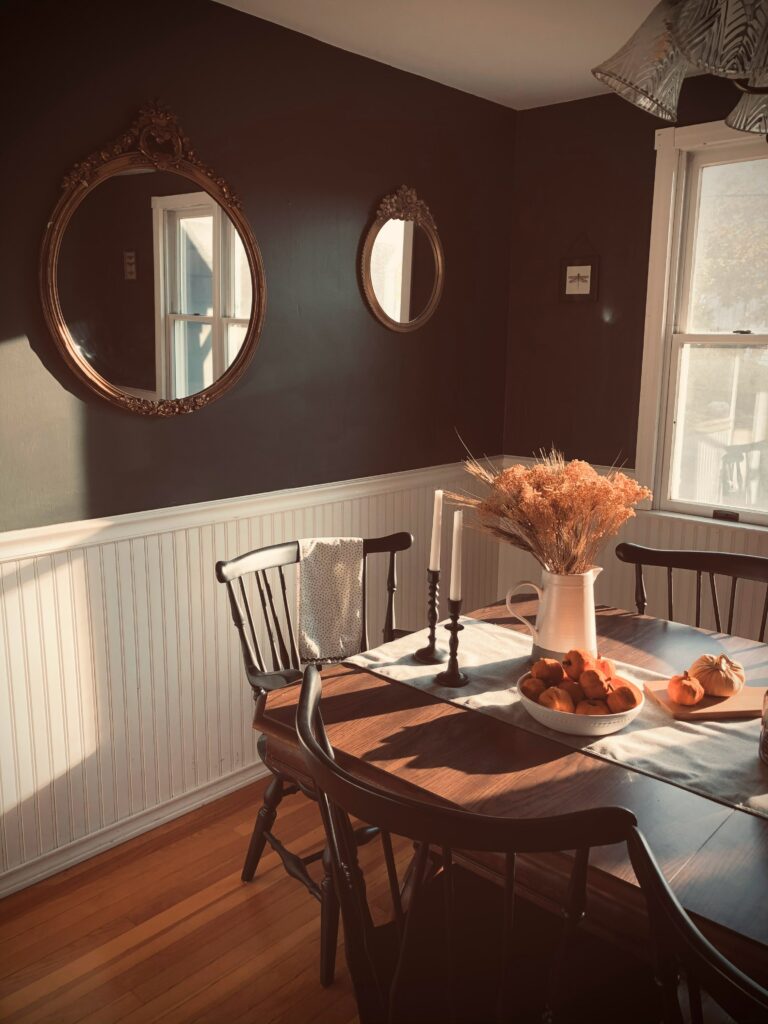
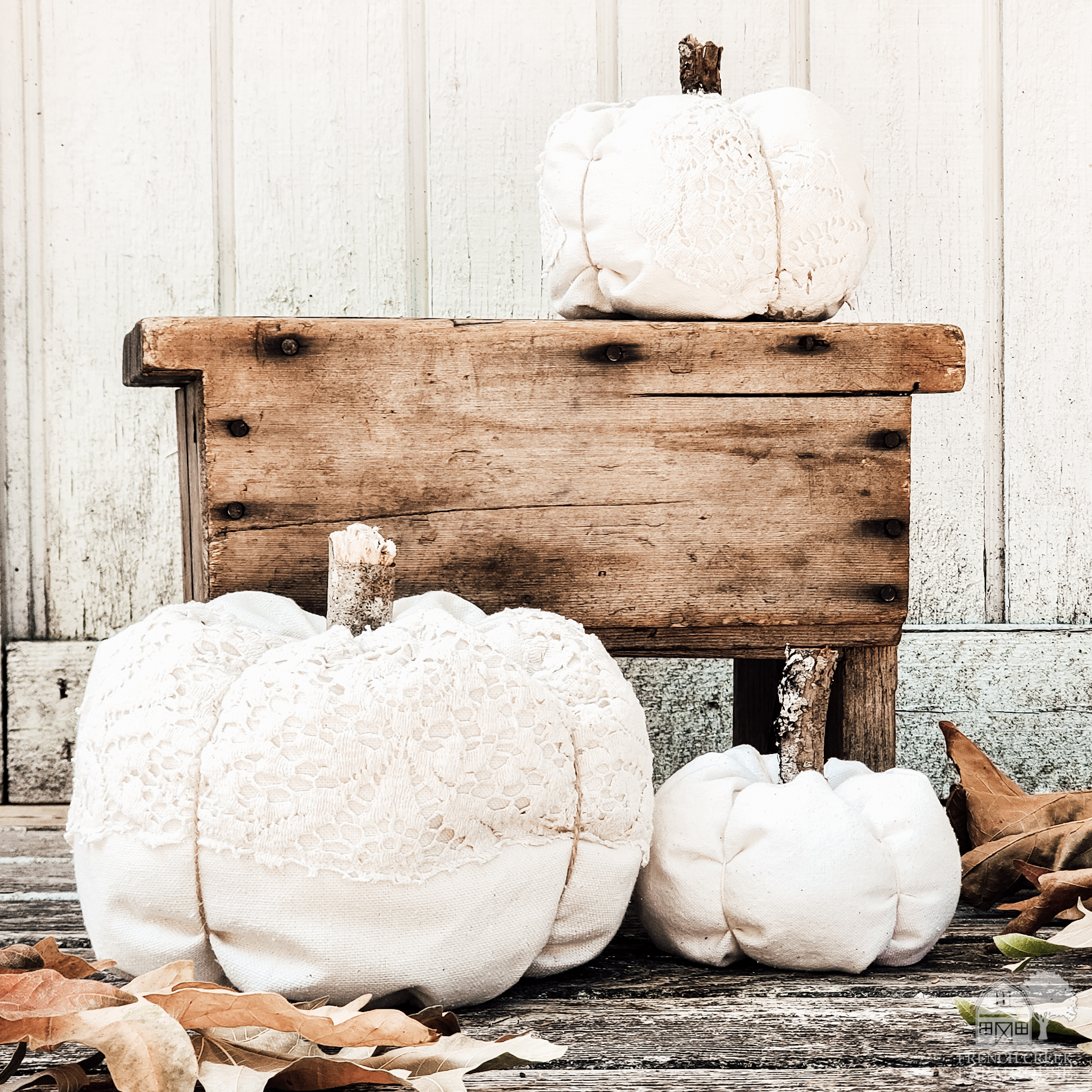
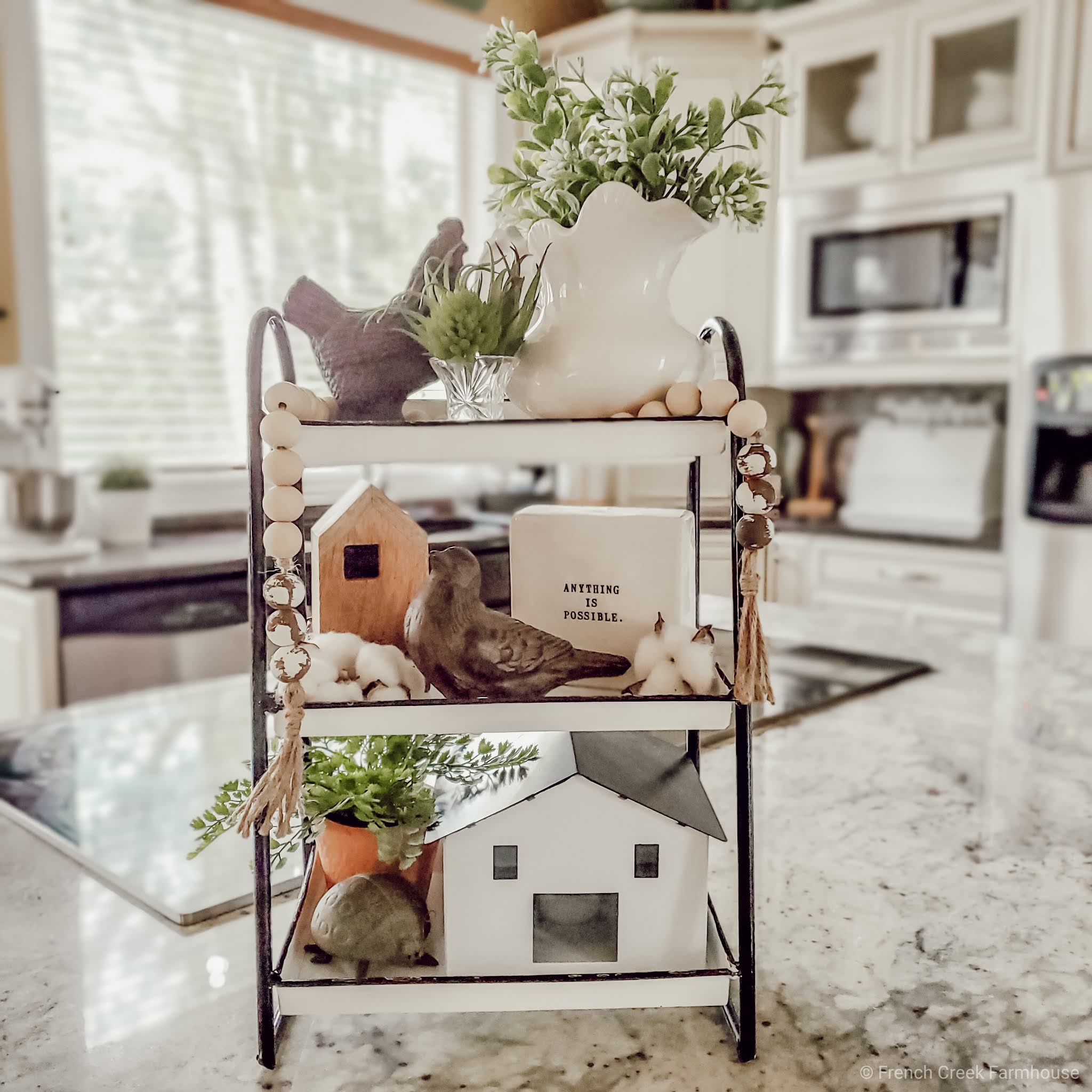

I have quite a collection of Ball Jars! I've always wondered how old they are. Thank you for sharing! Excited to see what years mine are!
I love them too, and it's so fun to find old ones! xo!
I have several Ball Jars that are exactly like the one in the picture above. The script for "Ball" and the "Perfect Mason" are an exact match. The charts I have seen do not show how sharp the l's in Ball are made. What date can you come up with for the jar in the picture. Thanks in advance for your help.
Hello anonymous friend, The chart in this post will give you examples of the logos as well as key features to help you identify your jars. Hope that helps you date your jars! xo!
I have a Ball glass pitcher any idea what year they were made?
Found clear jar. Spherical in shape. Has ball underneath on the bottom only. Having trouble finding it online.
I'm a little confused. I have two jars, one with flat sides that has the 1923-1933 logo and a round one with the 1933-1962 logo. But both say "Perfect Mason". Is that what is meant where it says that "Perfect" was on bottles from 1913-1922?
Thanks!
i have found 9 ball mason jars was wondering what year they were made . they have glass lid with wire to hold close. on front of the bottle it has ball underneath that has Ideal underneath that has made in usa underneath that 11E
Thank you. I realize now that My two blue jars are a hundred years old and have their original lid.
I have a Ball jar that had the word "SPECIAL" on it. The phase info above indicates that this phase was used between 1910 and 1913. However, the logo is written with the underscore and no footed "a," which indicates 1933 to 1962. So which timeframe do you think these jars are from 1910-1913 or 1933 to 1962?
I have a teal jar with no underline but it also says "perfect" on it so which time frame am i looking at?
I recently found a large blue jar with a swastika above the writing…is it valuable?
I have a quart jar that has no ball embossed lettering except on the bottom underside. The jar has a lite blue tint. Does anyone know the year and value?
I have a ball jar that is stamped ball with a number two on the bottom of the jar. The sides are smooth with nothing on them any ideas on the age